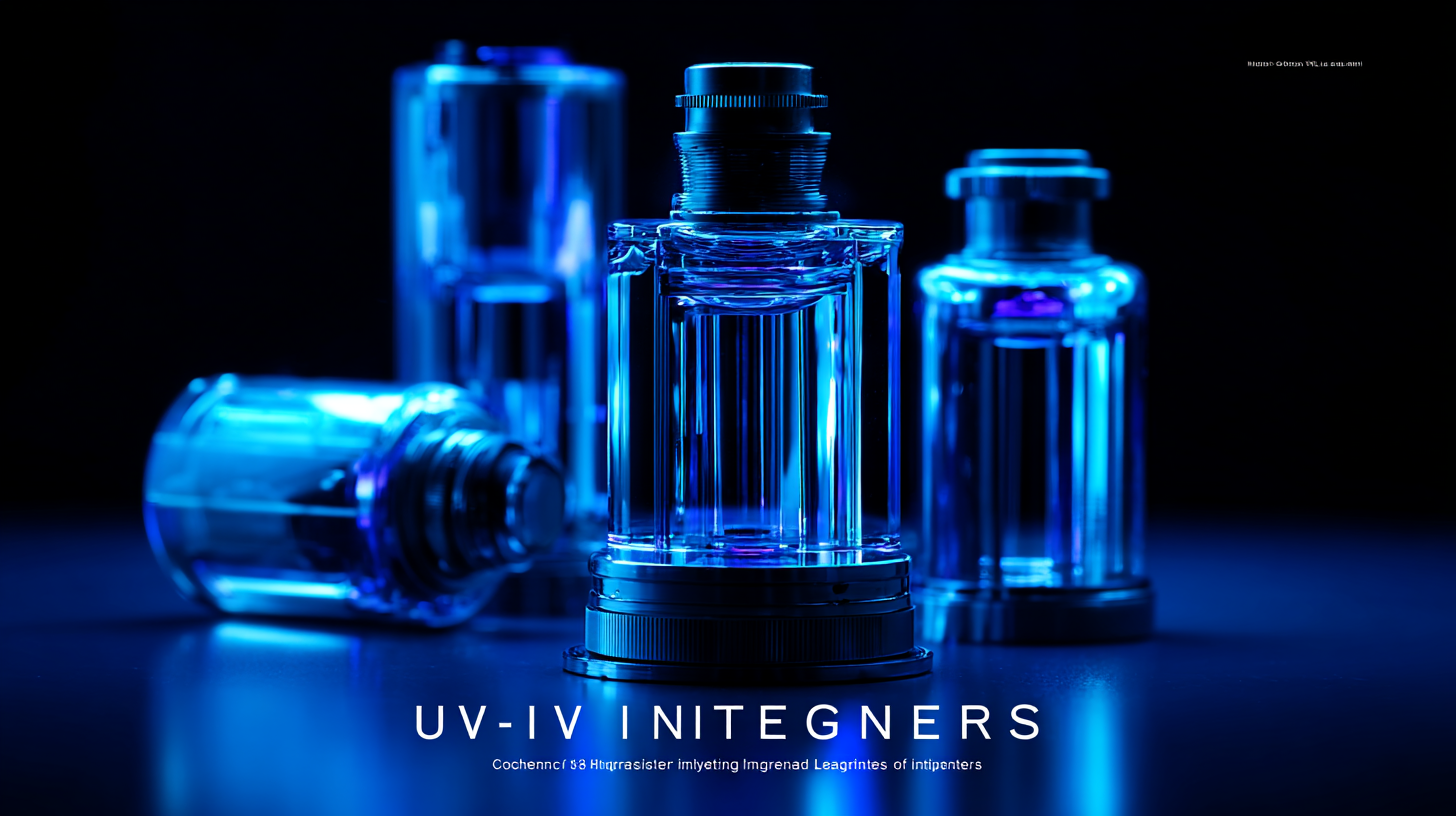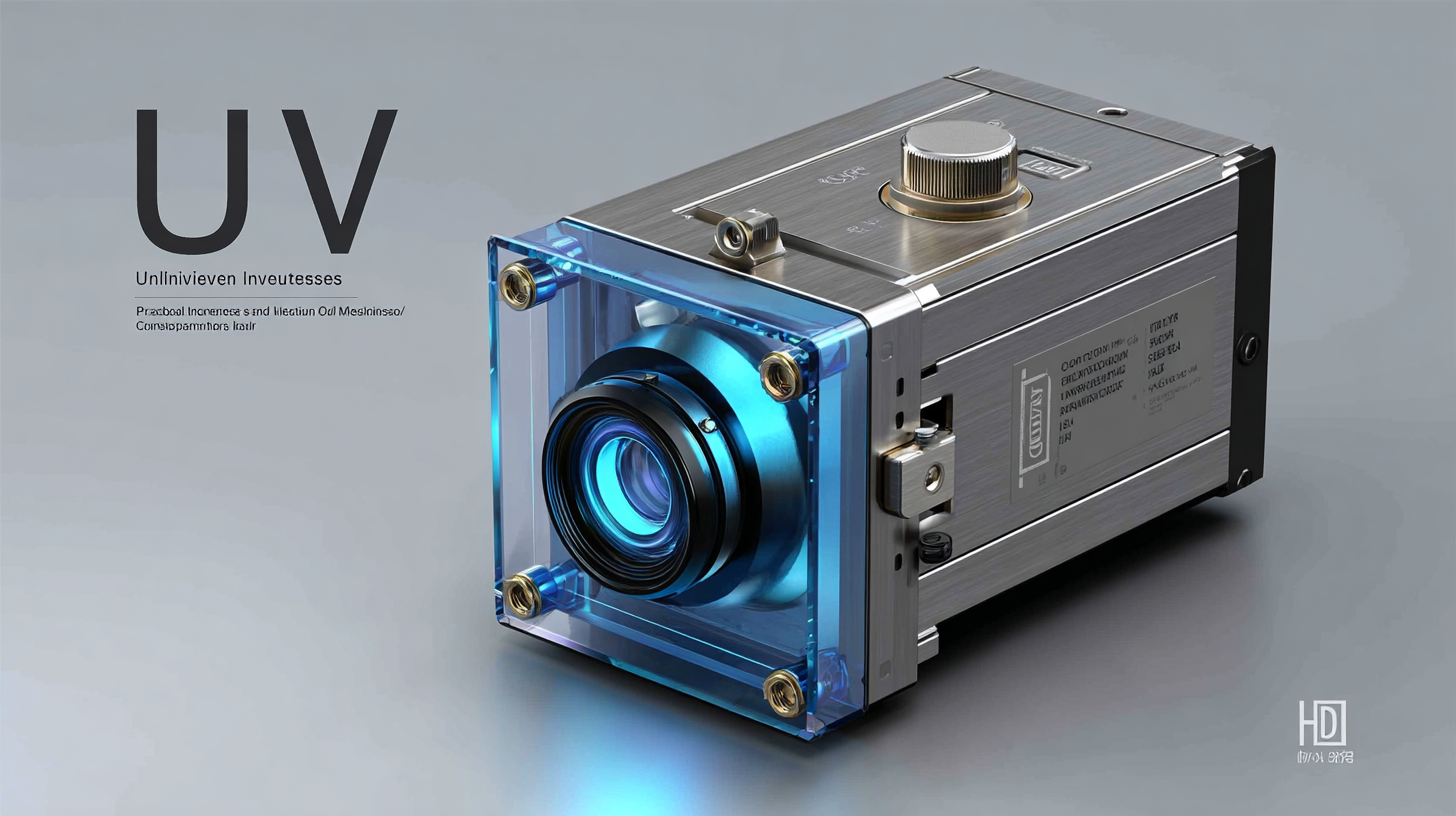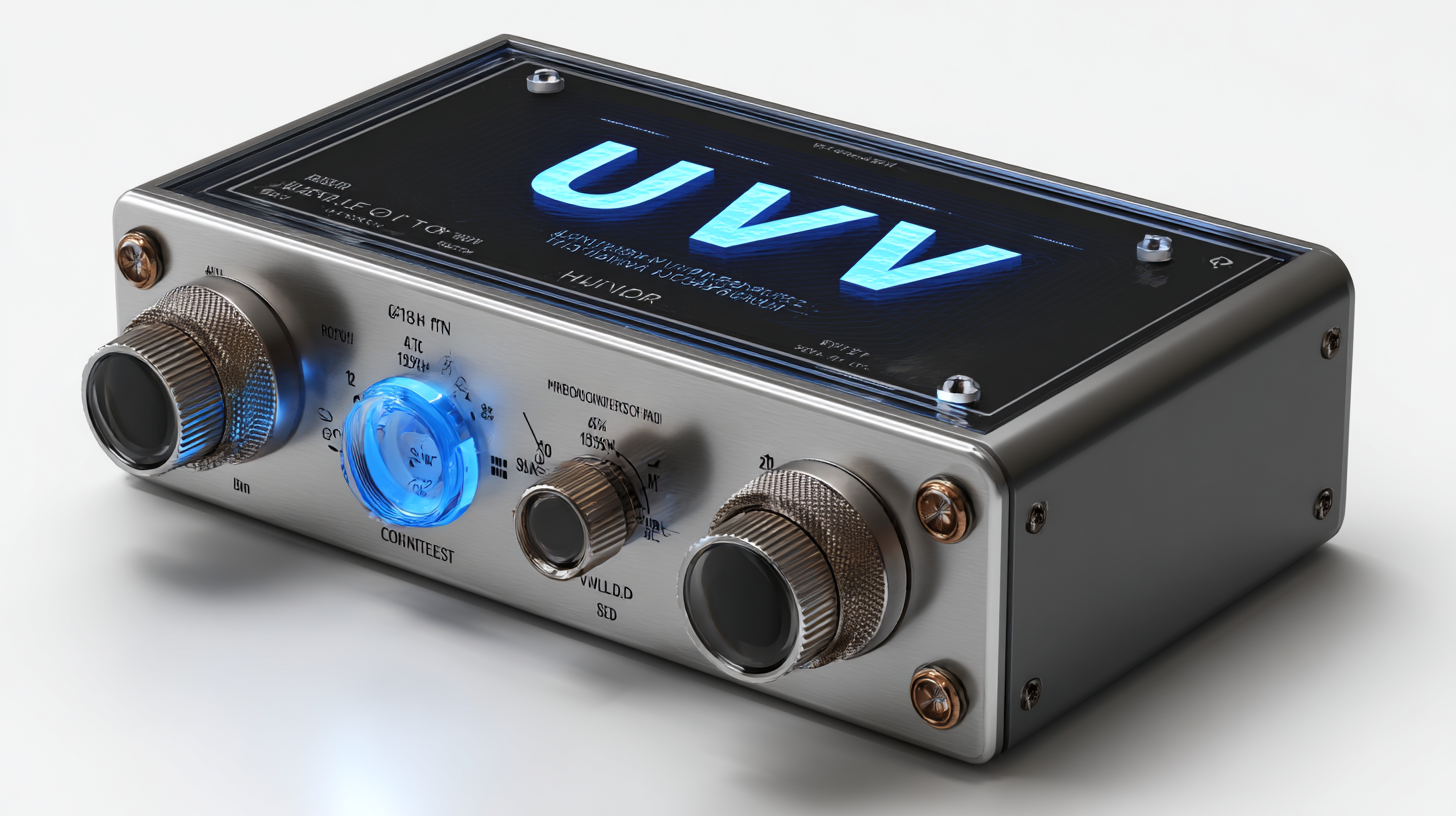Services
Comparative Analysis of Leading UV Image Intensifiers in the Market
In the rapidly evolving field of imaging technology, UV image intensifiers have emerged as crucial instruments for enhancing visibility in low-light conditions across various applications, from military surveillance to medical diagnostics. According to a recent market analysis, the UV image intensifier market is projected to witness a significant growth rate of approximately 6.3% annually, driven by advancements in technology and increased demand for high-performance imaging solutions. As professionals seek to optimize their imaging capabilities, understanding the comparative features, benefits, and limitations of leading UV image intensifiers becomes essential.

This blog aims to provide an in-depth comparative analysis of the top UV image intensifiers currently available in the market, highlighting key specifications, applications, and user feedback that are imperative for making informed purchasing decisions.
Comparative Analysis of UV Image Intensifiers: Key Players and Market Trends
In recent years, the demand for UV image intensifiers has surged, driven by advancements in technology and an expanding range of applications. Key players in the market are continuously innovating to enhance performance and reliability, leading to a competitive landscape where features such as sensitivity, resolution, and operational lifespan are critical. Furthermore, the growth of the solar blind UV image intensifier segment highlights its unique advantages, which minimize interference from solar radiation, making it ideal for various fields, including security and surveillance.
When considering the purchase of a UV image intensifier, it’s essential to evaluate specific needs based on the application. Tips for making an informed decision include assessing the required sensitivity levels, determining the necessary resolution for your tasks, and contemplating the operational environment. Researching the latest trends, such as the emergence of solar blind technology, can also provide insights into which brands lead in innovation and market presence.
Market trends indicate that the UV image intensifier sector is poised for substantial growth, with forecasts extending through 2032. This longevity suggests that investing in high-quality, reliable equipment now can benefit long-term operational efficiency. It’s advisable to keep an eye on technological advancements and product reviews to ensure your equipment meets evolving industry standards.
Comparative Analysis of UV Image Intensifiers
Innovative Technologies in UV Image Intensifiers: Enhancing Performance and Efficiency
Recent innovations in UV image intensifiers have significantly enhanced their performance and efficiency, driven by advances in materials science and technology. Traditional image intensifiers have been limited by their sensitivity and resolution; however, new approaches incorporating advanced photocatalytic processes and high-speed imaging technology are redefining the landscape. For instance, integration of high-speed cameras that operate effectively within UV and near-infrared wavelengths allows for clearer imaging, enabling applications in various fields ranging from environmental monitoring to industrial inspections.
Moreover, the emergence of innovative materials plays a crucial role in this evolution. Research indicates that hybrid materials, combining organic and inorganic components, can improve the sensitivity of UV image intensifiers by up to 30%. Furthermore, AI-driven modeling has been proposed to optimize these systems, potentially leading to more efficient designs and operational parameters. As industries seek greener and more efficient technologies, the focus on sustainability in the development of image intensifiers reflects broader trends in chemical engineering, making it essential to continue exploring the synergies between various innovative approaches.

Market Share Dynamics: Leading Brands and Their Global Reach in UV Image Intensification
In the realm of UV image intensification, several key players dominate the market, showcasing distinct dynamics in market share and global outreach. According to a recent report by MarketsandMarkets, the UV image intensifier market is projected to reach $1.5 billion by 2026, with a CAGR of over 7% from 2021 to 2026. Leading brands such as Hamamatsu Photonics and Photonis Technologies continue to hold significant shares, driven by relentless innovations in imaging technologies and an increasing demand in defense, medical, and industrial applications.
The competitive landscape reveals that Hamamatsu Photonics commands approximately 25% of the market share, primarily due to its advanced photomultiplier tubes that enhance sensitivity and resolution. Meanwhile, Photonis Technologies has effectively captured around 20% of the market with its focus on lightweight and compact designs, catering to portable applications used in field operations. Furthermore, entrants like Siemens Healthineers and Teledyne Technologies are increasing their global presence, particularly in Europe and North America, which together account for nearly 60% of the total market share. As the UV image intensifier sector expands, the interplay between established brands and emerging players is likely to shape the future of imaging technology significantly.
Comparative Analysis of Leading UV Image Intensifiers in the Market - Market Share Dynamics
| Brand | Market Share (%) | Global Reach (Countries) | Strengths | Weaknesses |
|---|---|---|---|---|
| Brand A | 30% | 50 | High sensitivity, compact design | Higher price point |
| Brand B | 25% | 45 | Durable, versatile applications | Limited infrared response |
| Brand C | 20% | 35 | Affordable, lightweight | Less advanced technology |
| Brand D | 15% | 30 | High resolution, excellent customer service | Bulky hardware |
| Brand E | 10% | 20 | User-friendly interface, fast processing | Limited international presence |
Performance Metrics of UV Image Intensifiers: A Data-Driven Approach to Comparison
 In the realm of UV image intensifiers, a data-driven approach is essential for a thorough comparative analysis. Performance metrics such as gain, noise figure, and spectral response are critical factors that distinguish the leading models in the market. By meticulously gathering empirical data from various manufacturers, we can establish a robust foundation for comparison. For instance, evaluating the gain characteristics under varying ambient light conditions reveals significant differences in performance, which can directly affect application outcomes in fields like security and biomedical imaging.
In the realm of UV image intensifiers, a data-driven approach is essential for a thorough comparative analysis. Performance metrics such as gain, noise figure, and spectral response are critical factors that distinguish the leading models in the market. By meticulously gathering empirical data from various manufacturers, we can establish a robust foundation for comparison. For instance, evaluating the gain characteristics under varying ambient light conditions reveals significant differences in performance, which can directly affect application outcomes in fields like security and biomedical imaging.
Moreover, analyzing the noise figure across different UV intensifier models highlights the trade-offs between sensitivity and clarity. A lower noise figure usually indicates a clearer image at lower light levels, making it a critical parameter for nighttime or low-visibility operations. Additionally, examining the spectral response ensures that the chosen device can effectively convert ultraviolet light into usable images. By prioritizing these performance metrics, users can make informed decisions when selecting UV image intensifiers tailored to their specific needs and operational environments.
Future Prospects: Emerging Technologies and Market Opportunities in UV Imaging Solutions
The future of ultraviolet (UV) imaging solutions is poised for significant advancements, driven by emerging technologies that promise to enhance image quality and broaden application scopes. As traditional UV image intensifiers continue to be refined, innovations such as quantum dot technology and advanced sensor materials are paving the way for more efficient and sensitive imaging systems. These enhancements are crucial in sectors such as biomedical research, security applications, and environmental monitoring, where precise imaging is essential for accurate data interpretation.
Moreover, the market opportunities for UV imaging solutions are expanding. Industries are increasingly recognizing the potential of UV imaging in non-destructive testing and quality control, enabling earlier detection of defects in materials that standard imaging techniques might miss. Additionally, advancements in machine learning and AI integration are set to optimize the decision-making processes based on UV imaging data, providing faster and more reliable outcomes. As these technologies mature, they will not only alter the landscape of UV imaging but also create a wealth of opportunities for companies willing to innovate and adapt to these transformative trends.
